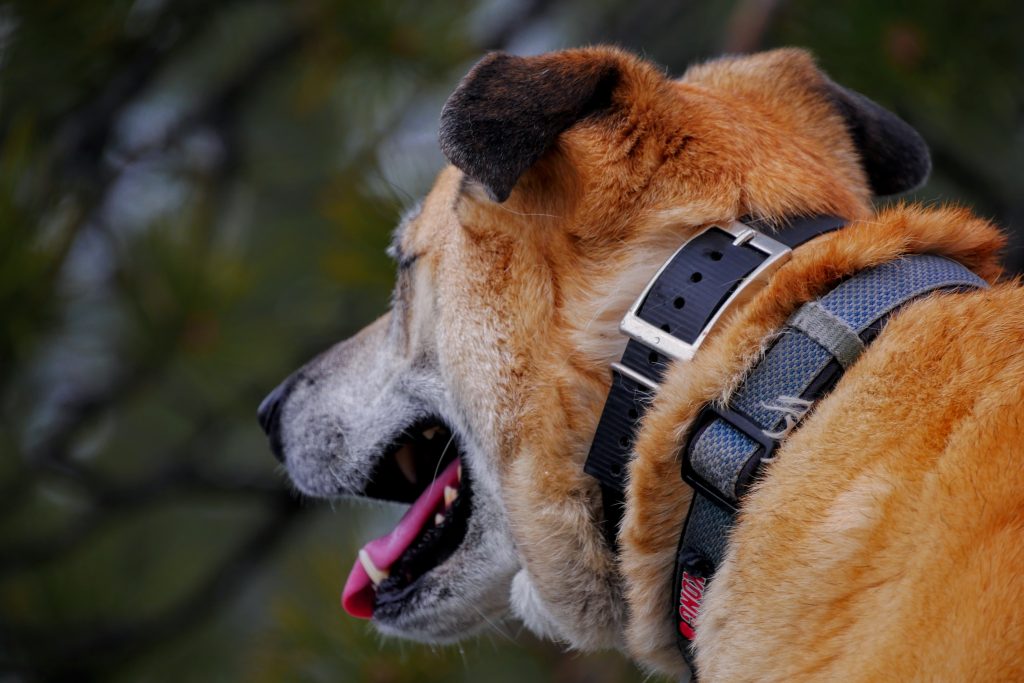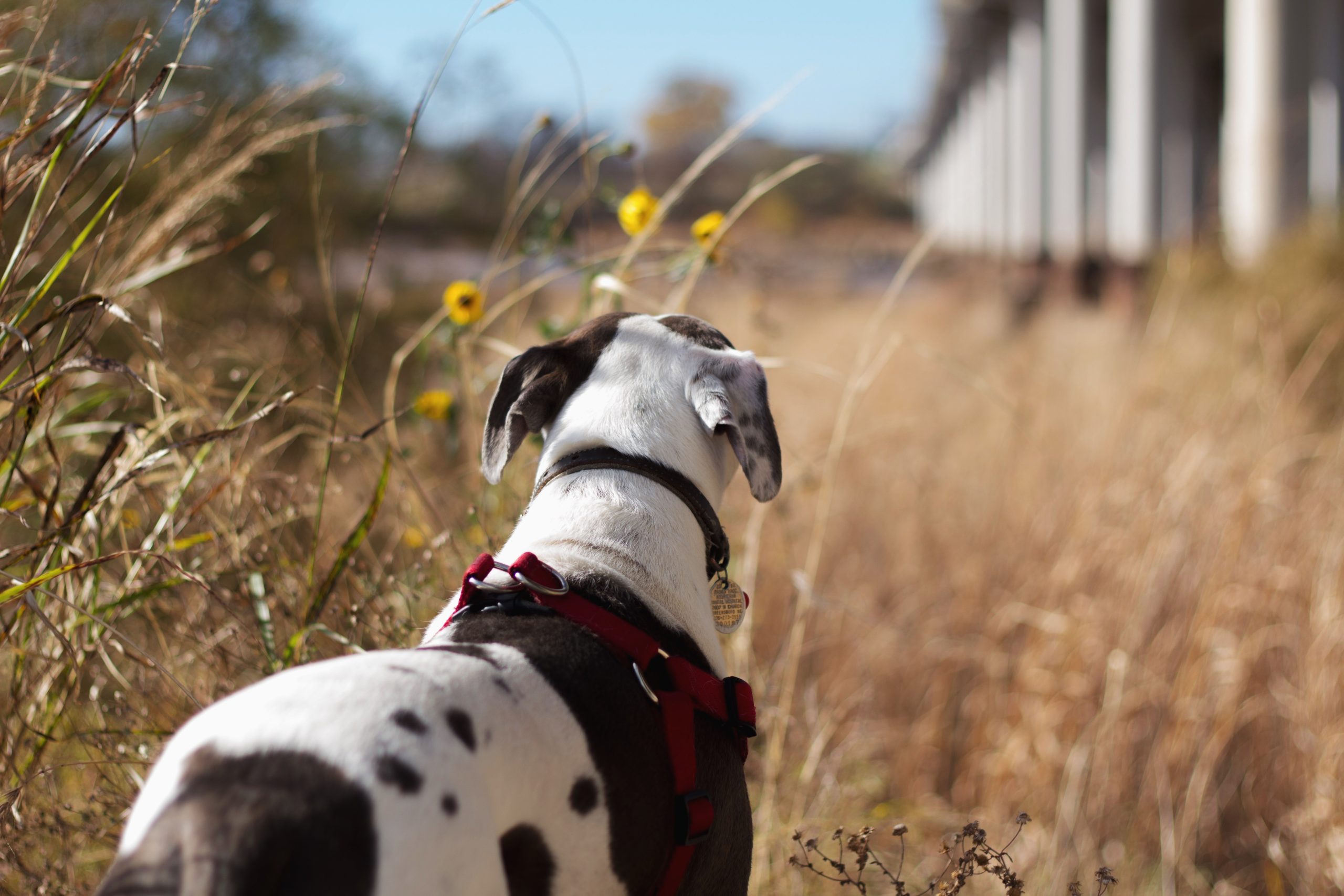The Ultimate Guide to Choosing the Right Dog Collar for Your Breed
July 19, 2023Different Types of Dog Collars and Their Uses
July 19, 2023
Selecting a collar for your dog involves more than just fashion choices. Ensuring the perfect fit is vital for your dog’s comfort and safety. Here is an expanded guide on how to measure your dog’s neck for the perfect collar fit.
Materials You’ll Need
Measuring Tape: A soft, fabric measuring tape is ideal for this task. It provides flexibility and contours comfortably to your dog’s neck, offering a more accurate measurement than a rigid ruler or metal tape measure.
Paper and Pen: For recording your dog’s measurements.
Your Dog: Your furry friend will need to be present and relatively calm for an accurate measurement.
Step 1: Position Your Measuring Tape
Locate the widest part of your dog’s neck, which is typically located halfway between the base of the skull and the shoulders. This is where the collar will naturally rest. Gently place the tape measure at this point, ensuring it’s not twisted.
Tip: If your dog is particularly hairy, it might help to part their fur before placing the tape measure to ensure you’re measuring their neck, not their fur.
Step 2: Take Your Measurement
Carefully wrap the measuring tape around your dog’s neck. It should be snug but not constricting. The “two-finger rule” is a standard method for checking this. Can you comfortably slide two fingers between the tape measure and your dog’s neck? If so, you’ve found the perfect balance between secure and comfortable.
Tip: It’s better to measure a bit loose than too tight. When in doubt, err on the side of a bit more space for your dog’s comfort.
Step 3: Note the Measurement
Once you’re confident in the measurement, note it down. This measurement is the actual size of your dog’s neck.
Step 4: Add Some Space for Comfort
Even though the two-finger rule has given us some room for comfort, adding an extra inch (for smaller breeds) or two (for medium to large breeds) to your measurement is a good idea. This additional space ensures your dog’s collar isn’t too tight.
Tip: If your dog is still growing, check the collar’s fit often. Puppies can grow surprisingly fast, and a collar that fit last week may be too tight this week.
Step 5: Choose the Right Collar
With your dog’s measurement in hand, you can now select the perfect collar. However, keep in mind that different types of collars might require slightly different fits. For example, a Martingale collar should be snug at the loosest point so your dog can’t back out of it, while a slip chain must be loose enough to slide easily over your dog’s head. Always consult the manufacturer’s size and fitting guidelines when choosing a collar.
Pros of a Perfect Fit:
- It’s comfortable for the dog.
- It reduces the risk of the dog slipping out of the collar.
- It prevents injuries that can be caused by a collar that’s too tight.
Cons of a Poor Fit:
- A collar that’s too tight can cause discomfort or even injury.
- A collar that’s too loose can slip off, presenting a risk of the dog getting lost.
Popular Brands: Blueberry Pet, PetSafe, GoTags, If It Barks, Country Brook Petz, PetSafe Gentle Leader, Ruffwear, Puppia, Herm Sprenger, SportDOG
Additional Tips:
- Remember that the two-finger rule is just a guideline. Every dog is unique, so pay attention to your dog’s behavior and comfort level with the collar on.
- If your dog falls between two sizes, it’s usually safer to go with the larger size and adjust it down for a snug fit.
- Always recheck the fit if you notice any signs of discomfort or if the collar begins to look tight or embedded in your dog’s neck.
By accurately measuring your dog’s neck and considering the unique requirements of different collar types, you’ll ensure a safe, comf


